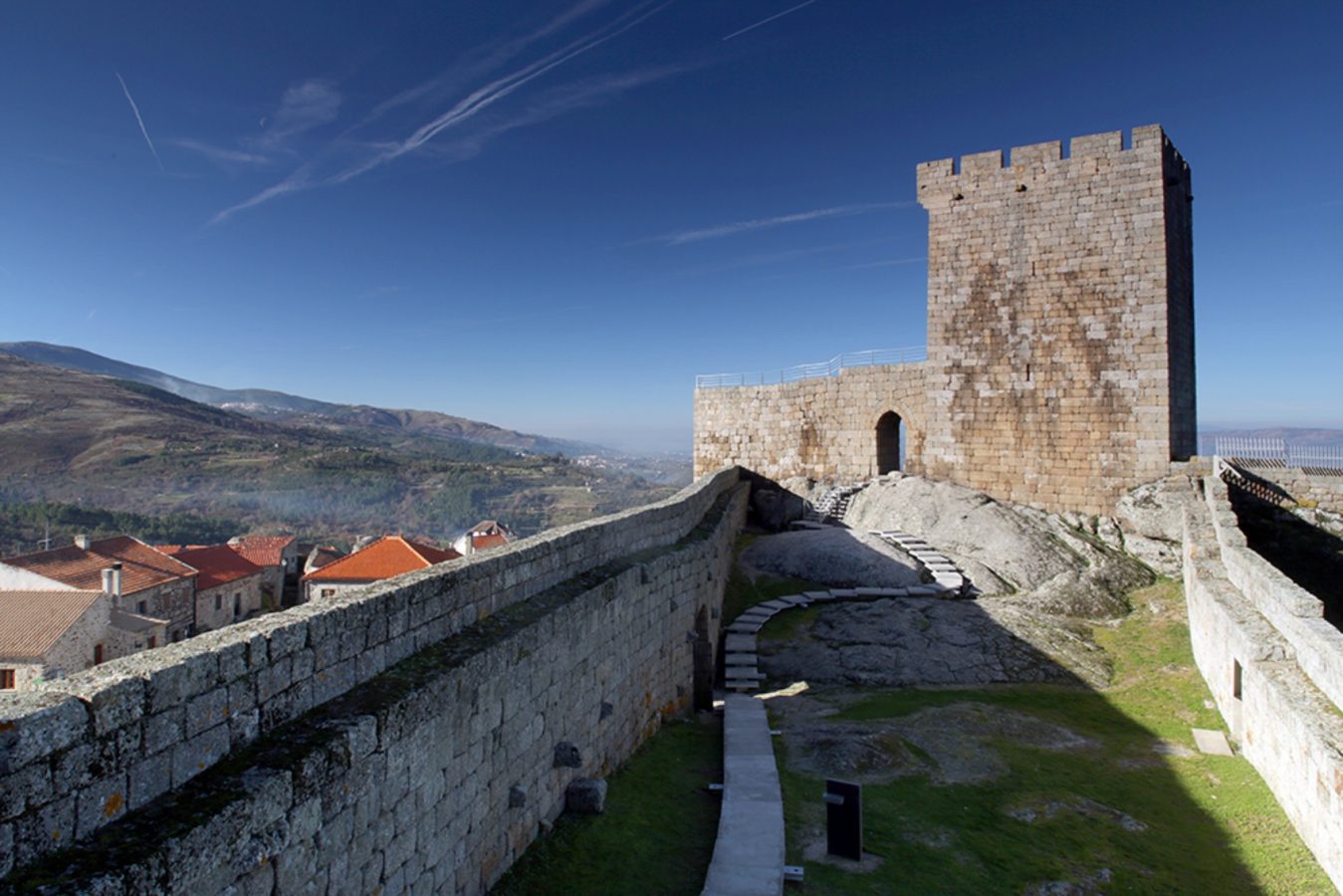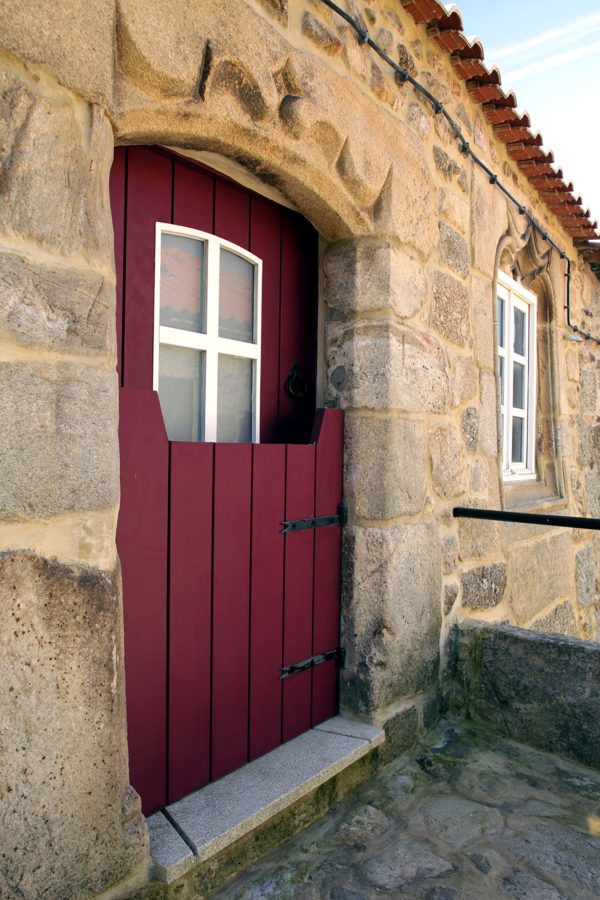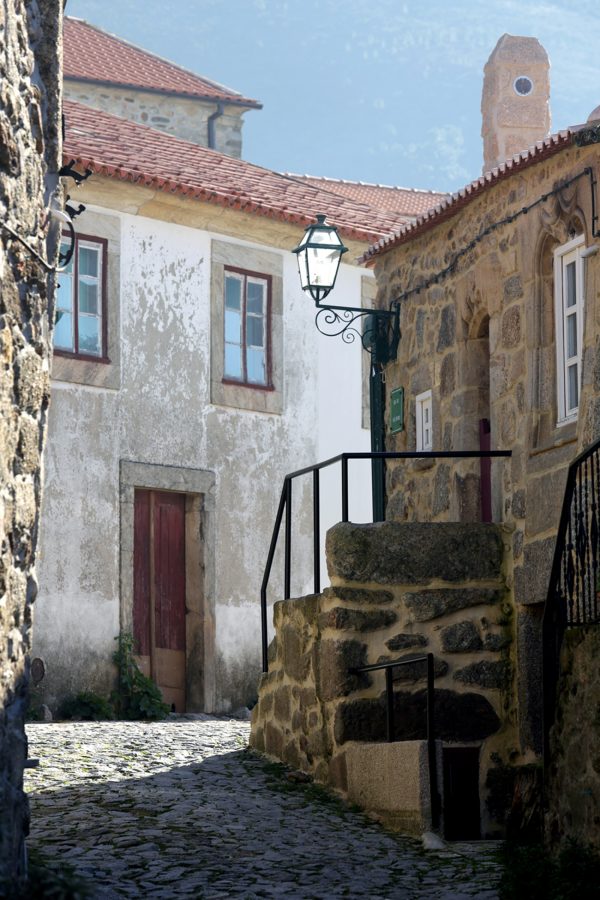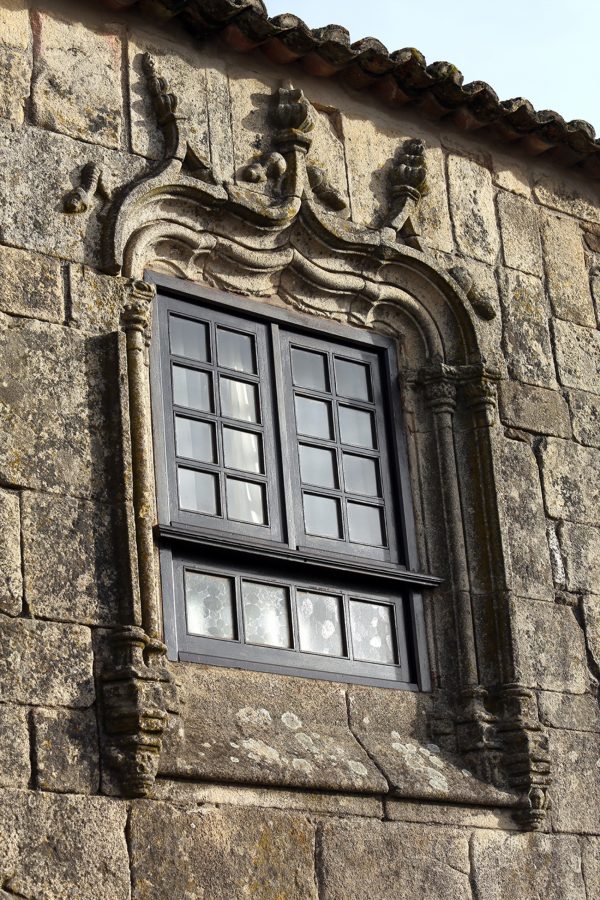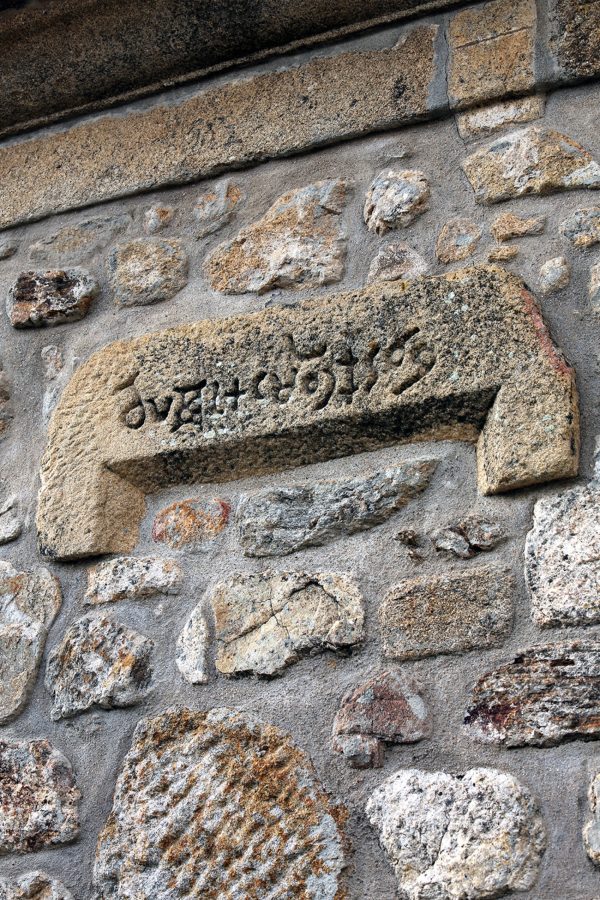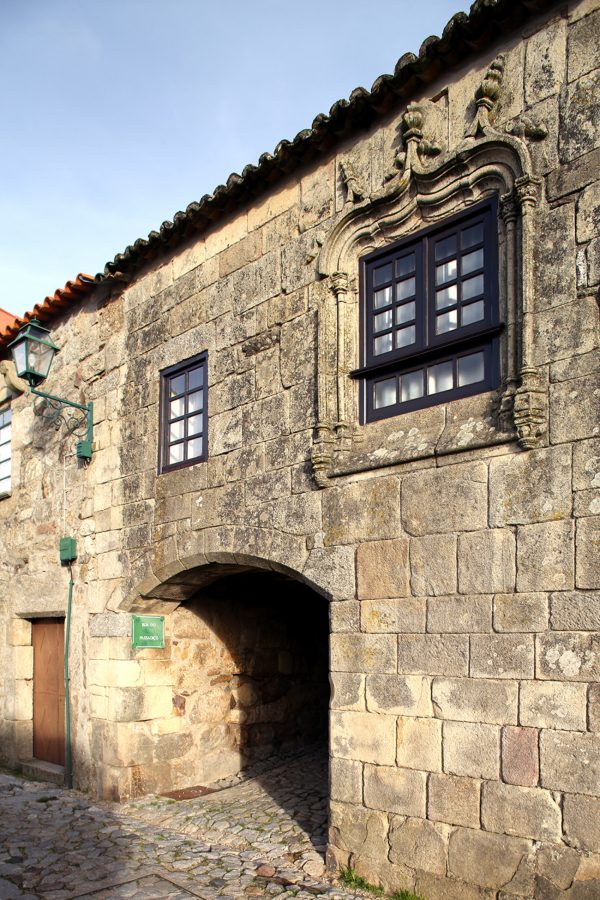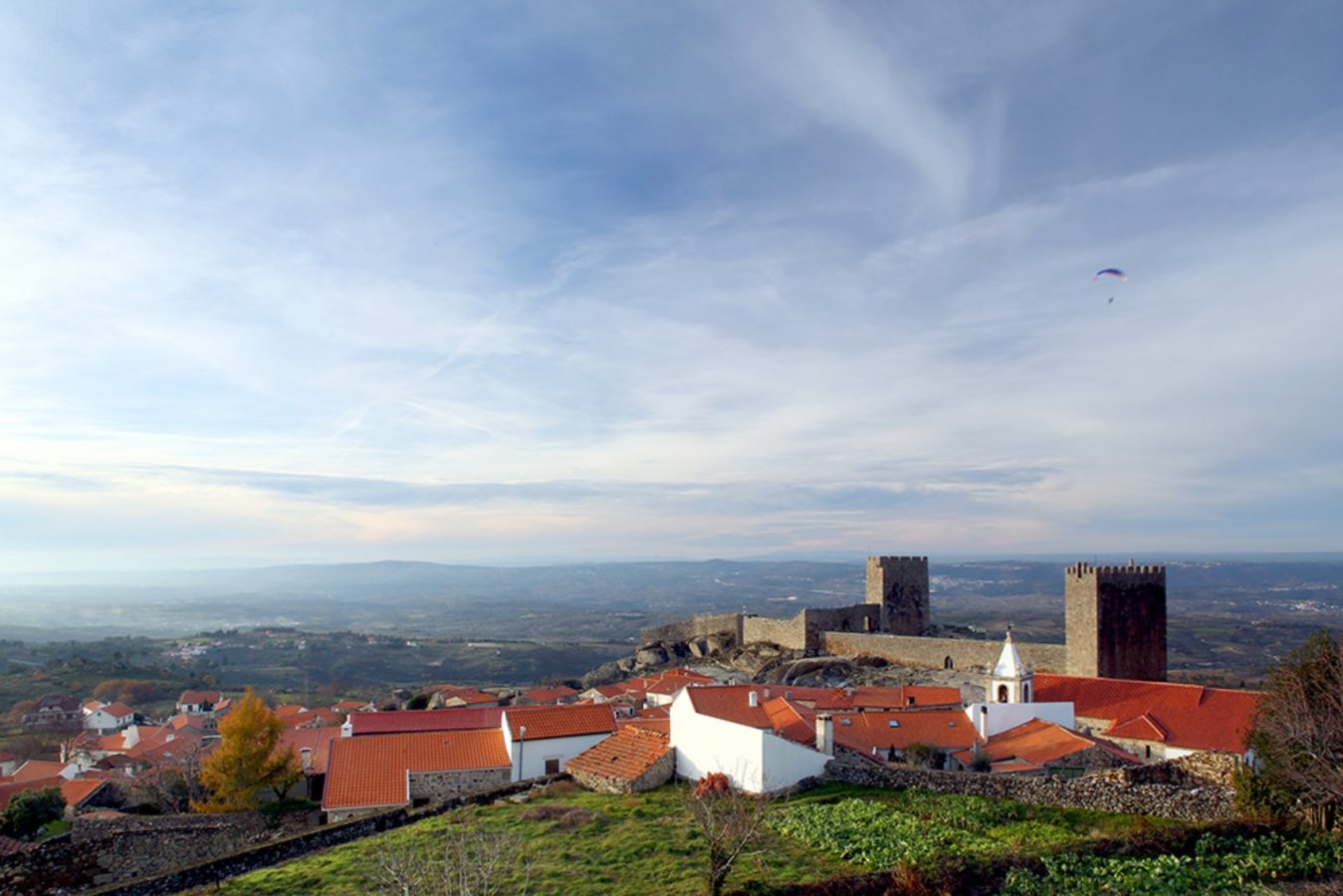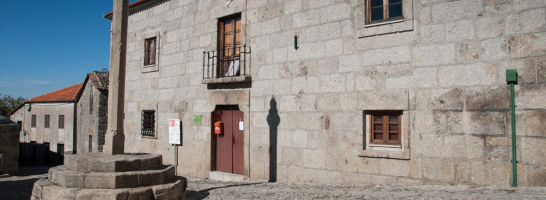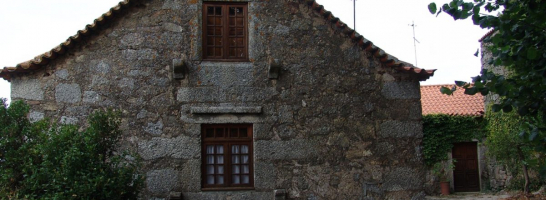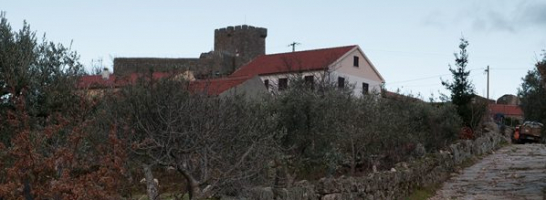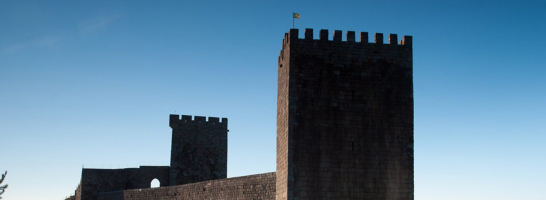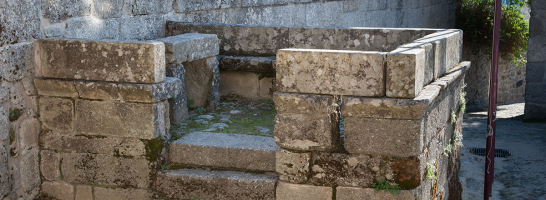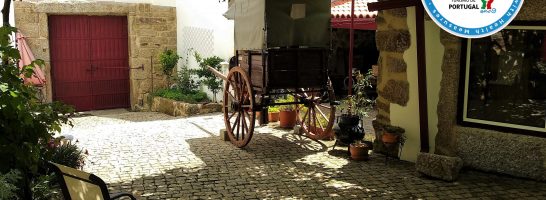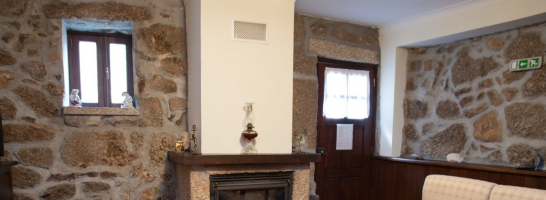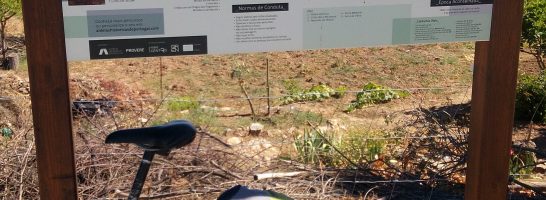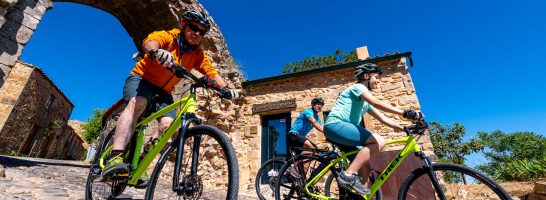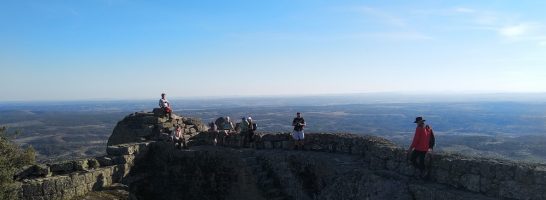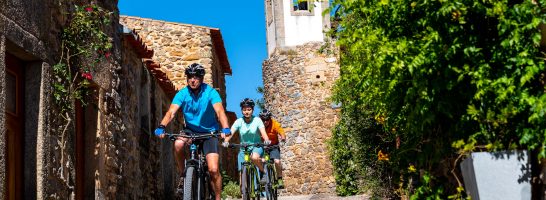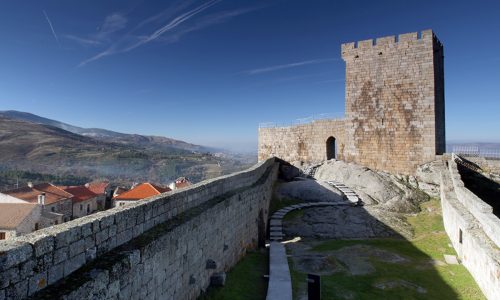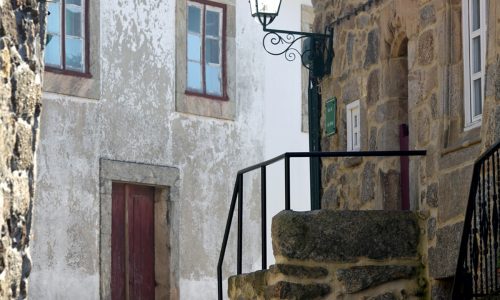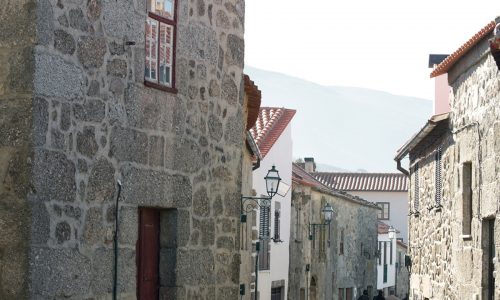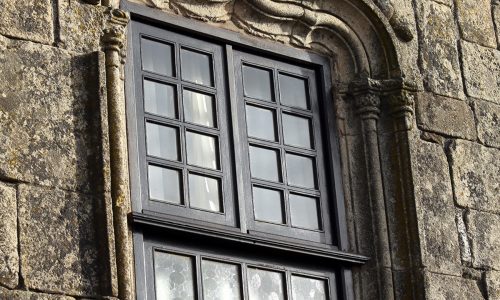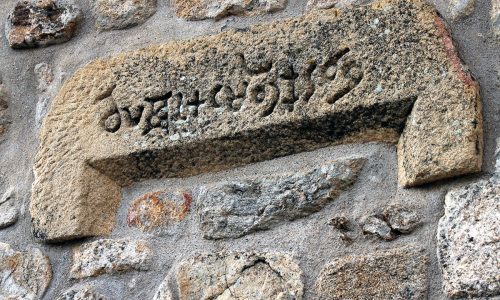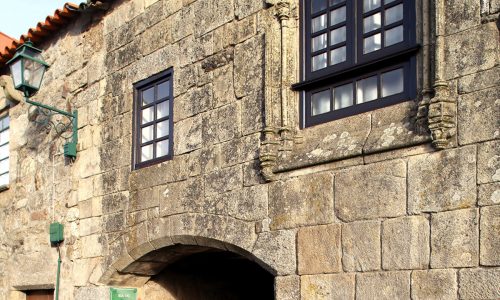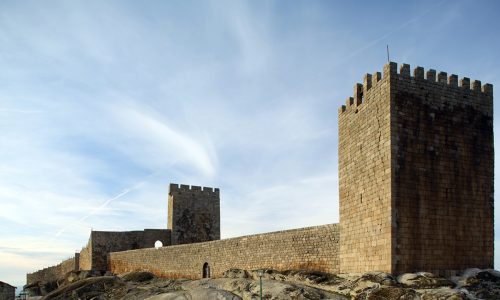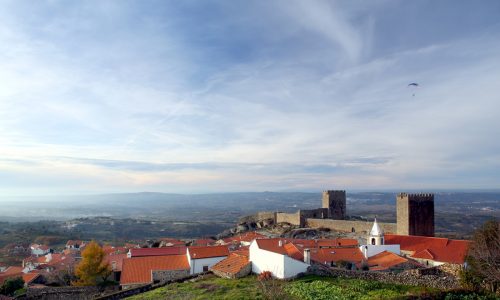Linhares da Beira
Linhares da Beira is a 12th century medieval village boasting unequalled architectural and artistic diversity, as a legacy from different ages. It received its first charter from King Afonso Henriques in 1169. It was only later in the reign of King Dinis that its imposing castle was built, the village's masterpiece and main attraction today. Wandering round the streets of this museum village is travelling back in time to its history and feeling the breeze from the Mondego Valley brushing your face.
History
Our history your time
Vila de fundação medieval, com foral concedido em 1169 por D. Afonso Henriques, que, em 1855 perde este estatuto com a reforma administrativa liberal. Apesar do local ter conhecido a fixação de povos pré-romanos e existir registo escrito da passagem de romanos, visigodos e muçulmanos, a história de Linhares, tem origem no contexto gerado com a reconquista Cristã. Estabilizadas as fronteiras do reino português, Linhares continuou a ter significado estratégico pelo menos até ao século XVII, pois fazia parte do sistema defensivo que guardava a Bacia do Mondego, na retaguarda das fortificações da raia beirã.
A estrutura de ocupação do espaço da antiga vila de Linhares conjuga assim um tipo característico de povoamento medieval (séculos XII-XIV), com desenvolvimentos significativos no período quinhentista (século XVI). Nesta centúria a vila terá atingido uma configuração próxima da atual, ainda que no património edificado pesem, pelo impacto no tecido urbano, algumas construções mais tardias (séculos XVII-XIX).
O castelo, implantado num cabeço rochoso a cerca de 820 m de altitude e dominando o Vale do Mondego, constitui o núcleo gerador do aglomerado. Na encosta, sobranceira à várzea de Linhares e cruzada por antiga via romana, estendeu-se a povoação: o sistema fortificado, entregue a um alcaide e dispondo de pequena guarnição militar, defendia um território bem como a sua população e bens; o foral, concedido pelo Rei, prescrevia a autonomia concelhia e organizava a vida económica e social do povoado; a Igreja estabeleceu as paróquias.
A vila descreve, no sopé do Castelo, um perímetro triangular, em cujos vértices se situam três espaços ordenadores da malha urbana: o Lg. da Misericórdia, à entrada da povoação; o Lg. de S. Pedro, na zona denominada “Cimo da Vila”; e o Lg. da Igreja, próximo do Castelo e no acesso ao Campo da Corredoura, terreno de usufruto comum. Estes largos definiram-se em torno de igrejas – hoje desaparecida a de S. Pedro – e constituíam o centro das paróquias de fundação medieval. Na base do triângulo e no ponto oposto à Matriz, localiza-se o Lg. do Pelourinho, outrora o centro cívico da Vila.
Da assistência ao peregrino, pobres e doentes sobra-nos o edifício do Lg. da Misericórdia, que acolheu duas instituições típicas da sociedade medieval e moderna – a Albergaria e o Hospital. Também do abastecimento de água, temos para observar três fontes dos séculos XII, XVI e XIX. Além da casa tradicional e popular disseminada por toda a vila, contam-se as casas nobres dos séculos XVIII-XIX, destacando-se janelas e portas decoradas ao gosto Manuelino (século XVI), quase sempre moradias de proprietários agrícolas mais abastados ou da burguesia local ligada ao comércio. Entre estes encontrava-se a comunidade judaica, minoria étnica e religiosa obrigada a viver apartada da comunidade cristã e cujo bairro – judiaria – se situava numa transversal à Rua Direita: sobre a porta de acesso ao bairro (Arco) figura uma das mais elaboradas janelas manuelinas de Linhares.
What to see
Where to eat
Where sleep
What to do
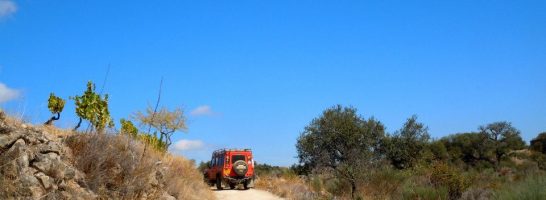
Adventure and nature trips
We are a registered tour operating company and we base our activity on the values of legal compliance, nature protection and sustainability. We operate according to the Portuguese legislation and we hold a special accreditation from the Institute of Nature Conservation and Forests allowing us to drive inside Nature Parks and other protected areas (where permitted)- We are members of the Natural.pt brand (www.natural.pt), reserved for companies who adhere to the programme. Following the recent pandemic we got our Clean & Safe seal from the Tourism Authority signifying our compliance with the official health requirements for the prevention and control of infections. Our trips are much more than just going from A to B and we distinguish ourselves for having a higher purpose: the knowledge and promotion of the historical, cultural and environmental heritage of Portugal, so that in the end our guests will have lots of stories to tell. In each new journey through some of the most beautiful and remotest places in mainland Portugal, we discover a unique, authentic and truly surprising country with a sense of adventure and discovery that enriches us as human beings. Our offer is based on a personalised service with tailor-made trips meeting the personal interests of our guests. We are constantly exploring and spending countless days on the ground in contact with the local people and organisations in search for the best places of interest and the best routes. As a result of this research, we have acquired a deep knowledge of the whole country which allows us to give our guests a renewed level of novelty and differentiation in each event. During our events we privilege the contact with nature in a legal and responsible manner, with the aim to reduce the impact of our passage, by working with official entities and other environmental organisations. Every year we plant many autoctonous trees in an effort to make Dream Overland a carbon-neutral company, an action that our customers can support and partake in. With our trips we contribute to the social cohesion and economic sustainability of local communities, through the knowledge and promotion of their traditions, handicrafts, produce and local heritage.
